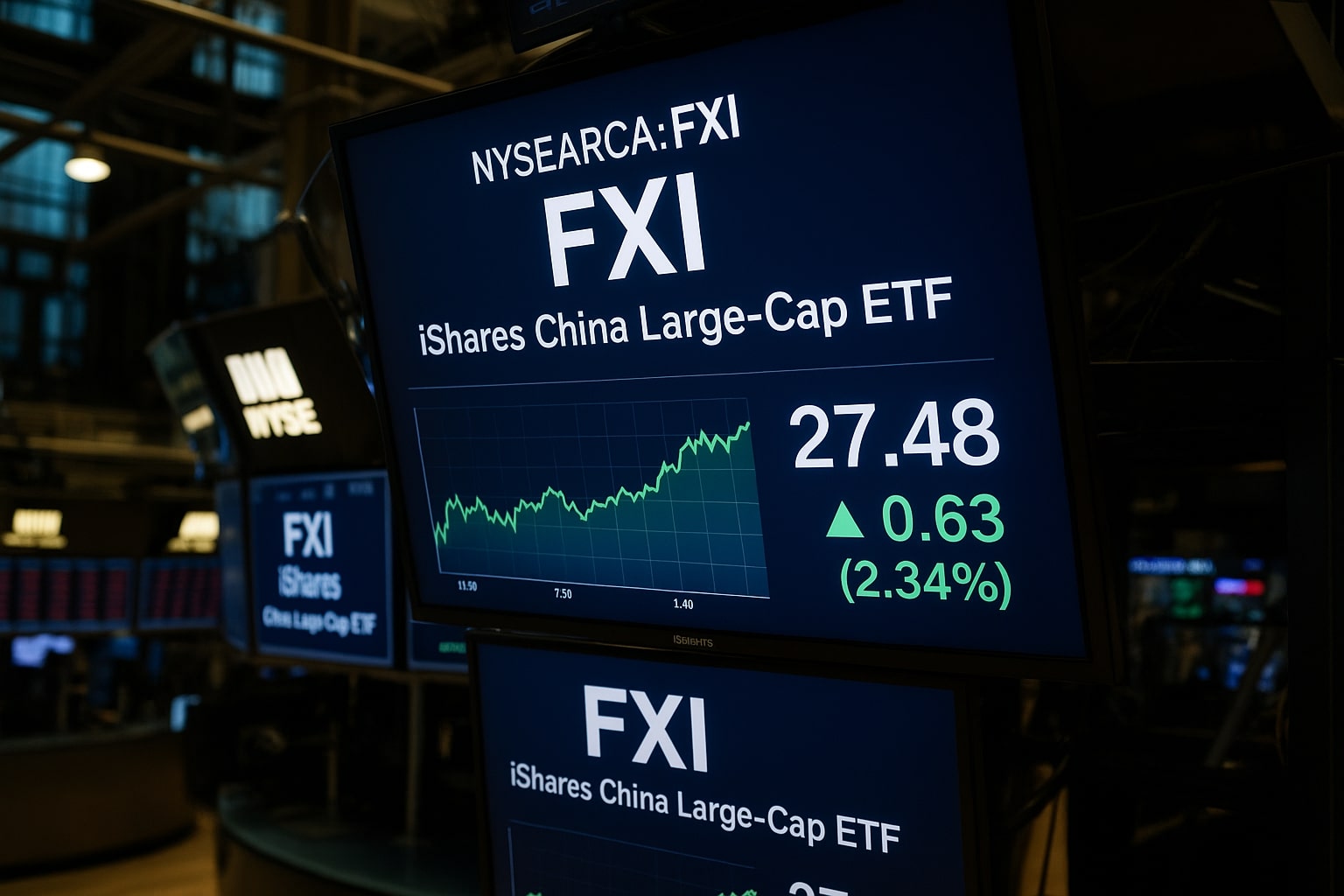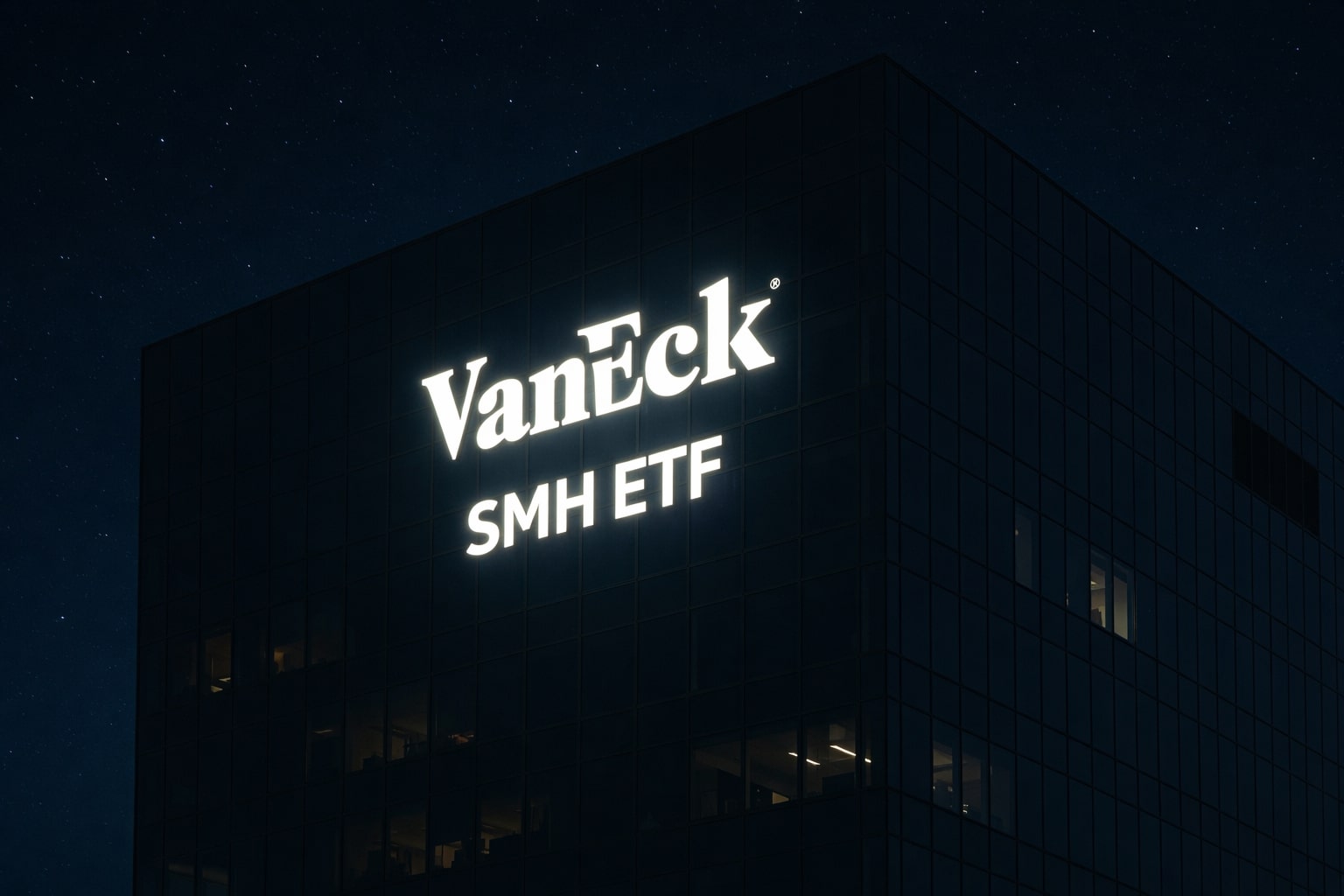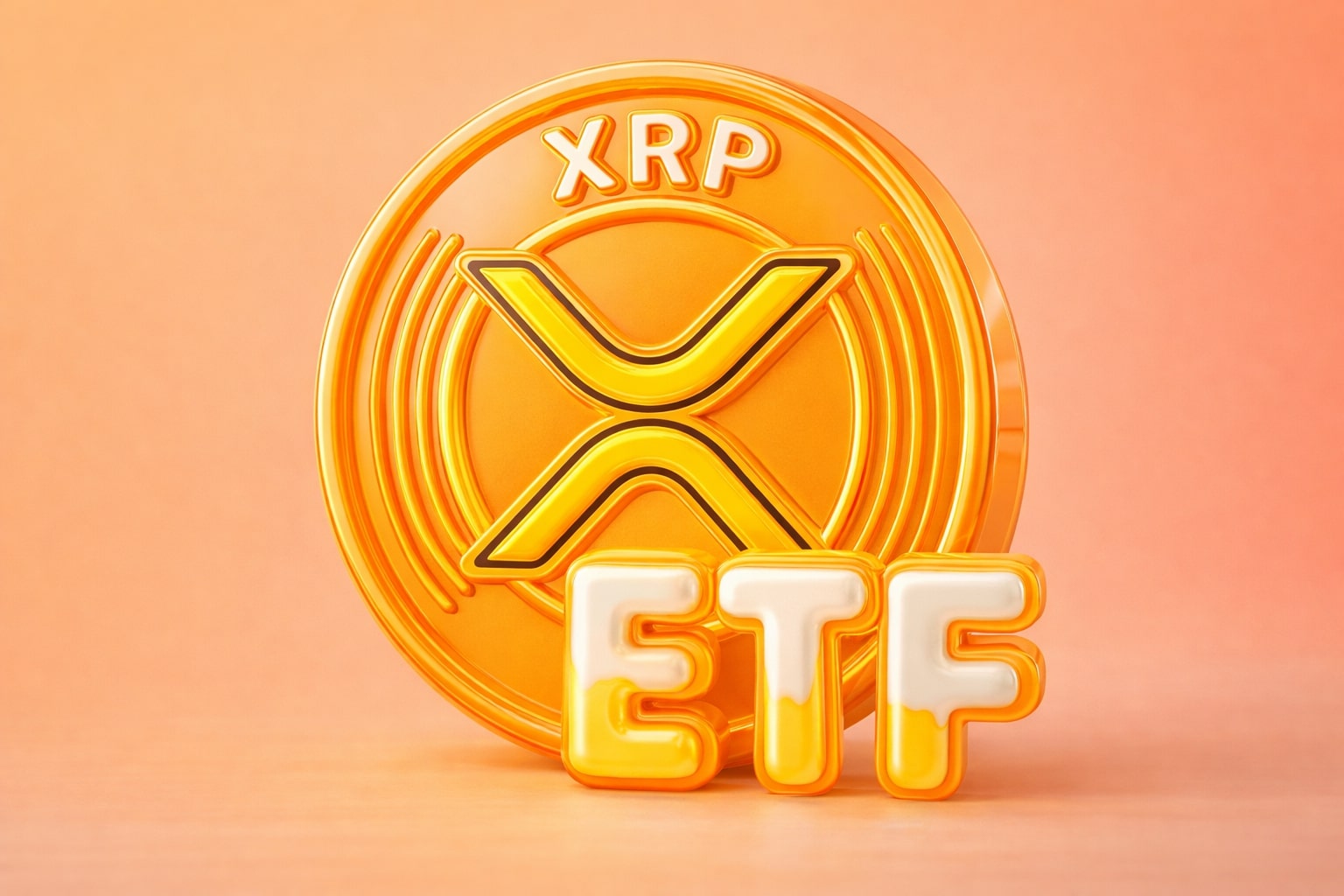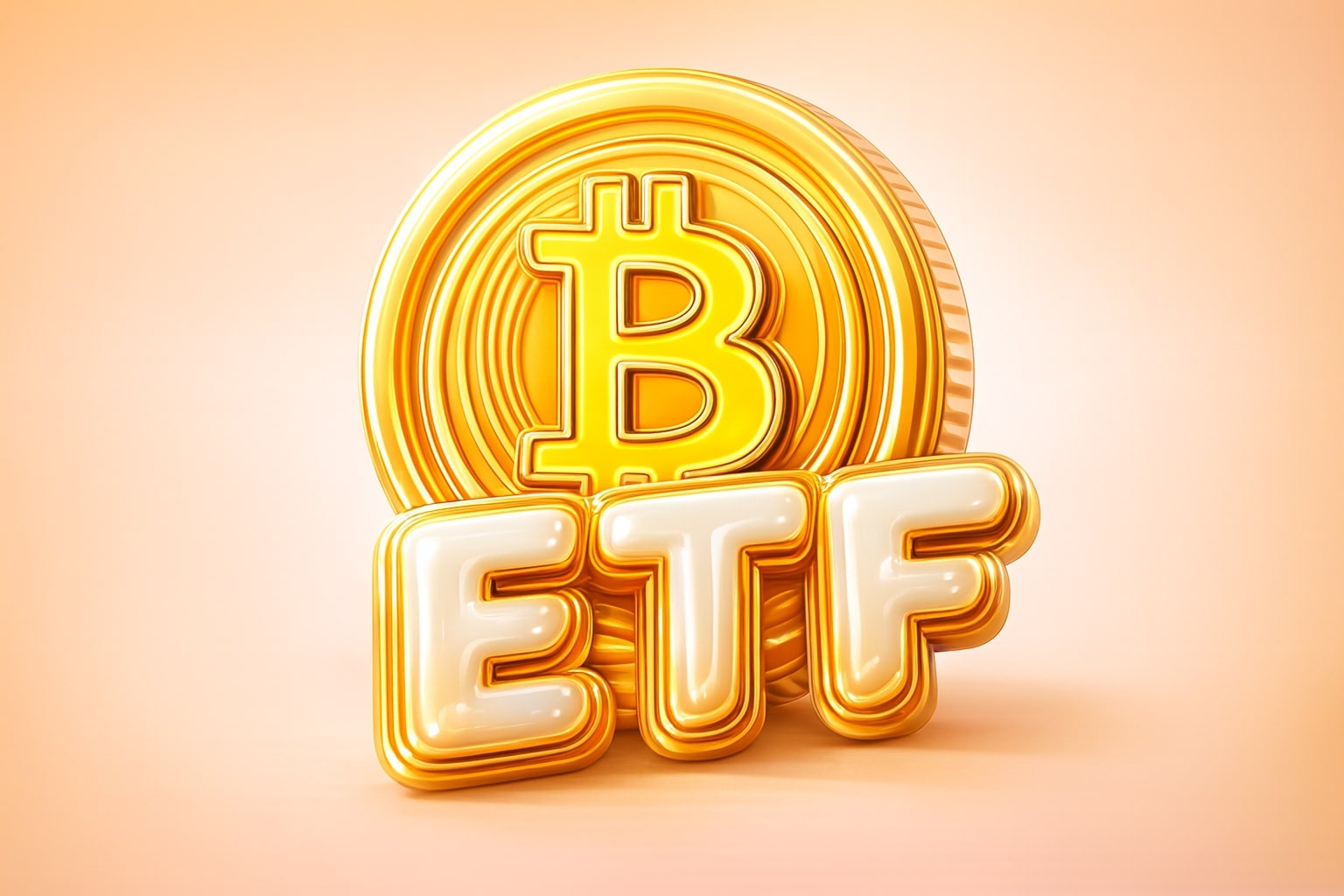China’s Tariff Fallout And The Impact On NYSEARCA:FXI ETF Performance
The ongoing volatility sparked by Trump’s aggressive tariff policies has been a brutal headwind for global equity markets, but its uneven effects tell a more complex story — particularly for NYSEARCA:FXI ETF, which tracks China’s largest-cap stocks. Across US indexes, the fallout has been staggering: a cumulative $4.7 trillion was erased from S&P 500 market value during key tariff announcement days, while the Russell 2000 lost $377 billion. Yet, the April 9 tariff pause triggered a violent reversal, adding back $9.5% to S&P 500 in a single day and boosting foreign markets as well.
China’s FXI ETF, which had shown resilience prior to the US "Liberation Day" tariff wave of April 2, initially absorbed shocks better than US peers. On April 3, FXI lost just 0.9%, compared to S&P 500’s plunge of 4.8%. That relative strength persisted — the April 9 tariff pause ignited a 7.1% surge in FXI, alongside broader gains across Asia and Europe. Over the tariff period, FXI posted cumulative gains of 19.2%, outpacing the S&P 500’s 14.8% and outperforming even some Western markets despite mounting geopolitical tensions.
NYSEARCA:FXI ETF Provides A Unique Large-Cap Tilt And Distinct Sector Exposure
The structure of NYSEARCA:FXI ETF plays a major role in explaining this relative resilience. FXI offers pure large-cap China exposure, with 100% large-cap weighting — unlike broader China ETFs like MCHI, which allocate only 84% to large caps across 550 holdings. FXI concentrates on just 50 names, emphasizing financials over tech-heavy exposure seen in other China vehicles.
The largest weights include Tencent, Alibaba, and Xiaomi, but note these holdings reflect Chinese-listed shares, not ADRs — a critical point for ETF liquidity and regulatory risk. The top sector weight is financials, which tend to show defensive behavior under global trade stress, followed by consumer discretionary and communication services.
That composition is why FXI remains uncorrelated to US markets — a strategic asset for diversification as global equities increasingly move in lockstep. Over a three-year window, cross-correlation data shows FXI exhibits minimal linkage to US equity segments like SPY, IWM, or QQQ, or even to US Treasuries via TLT. This low correlation is intensifying amid US-China tensions, making FXI one of the few liquid options for true global diversification.
FXI’s Relative Yield And Valuation Advantage Remains Compelling
Fundamentally, FXI’s 2.5% yield stands well above the 1.2% yield of SPY, providing income support amid a highly volatile macro backdrop. On valuation, Chinese equities remain attractive on a relative basis — FXI trades at lower multiples than US counterparts, reflecting embedded geopolitical risks but also offering asymmetric upside if macro tensions ease.
While long-term US-China tensions and Taiwan risks are a cloud on the horizon, China’s GDP growth rate remains robust versus developed peers, and local stimulus measures have supported key market rallies. Notably, Chinese equities diverged positively during Western financial shocks in the past and have already delivered strong YTD outperformance versus US markets in 2025.
Tariff Announcements Have Fueled FXI Volatility — But Also Opportunity
FXI’s strong 2025 showing has unfolded in the eye of a tariff storm. The timeline of Trump’s announcements shows the ETF enduring key shocks but rallying powerfully on relief signals. On February 3, FXI dropped 0.5% after 20% China tariff hikes. On March 4, amid additional China tariffs, FXI posted a surprising +1.5% gain, reflecting resilience. However, on April 3, following the sweeping "Liberation Day" baseline and reciprocal tariffs, FXI dipped 0.9%.
The real turning point was April 9: FXI surged 7.1% on the US pause of most reciprocal tariffs, a larger single-day gain than peers like EWJ (7.6%) or EWY (8.9%). Further momentum followed, with FXI rising 4.4% on April 11 as additional product exclusions were announced. By April 30, cumulative gains outstripped losses, underscoring how tactical positioning around the ETF during tariff cycles can deliver substantial alpha.
FXI’s Risk Profile: Geopolitics And Delisting Fears Versus Diversification Benefits
Of course, FXI is not riskless. The "Russian treatment" remains a tail risk — if China were to engage in direct military action over Taiwan, US investors could face forced liquidations or delistings of Chinese securities. Russian ETF holders in 2022 saw massive losses despite underlying company survivability. FXI investors must weigh this structural risk.
At the same time, FXI’s non-correlation to US markets is becoming a scarce asset. In a world where nearly all asset classes exhibit high beta to US risk-on/risk-off flows, FXI offers a rare diversifier — even relative to long bonds. For tactical investors willing to size positions carefully, FXI provides one of the best available plays on global market dispersion.
FXI’s Technical Picture Signals Positive Momentum But Fundamentals Are Primary
Technically, FXI has exhibited strong upward momentum since the April tariff pause. While not the sole driver of the investment case, the ETF is now trading with improving relative strength and remains above key moving averages. However, the primary thesis remains fundamental and strategic — not technical — as the ETF’s performance is driven more by US-China macro headlines than by pure chart patterns.
FXI Outlook: Tactical Buy With Strict Risk Controls
With FXI trading near $29.40, the risk-reward remains attractive for tactical exposure — but only with disciplined position sizing. The ETF has proven capable of delivering double-digit gains around key tariff events, yet tail risks loom large. For investors seeking global diversification and willing to manage exposure carefully, FXI is a tactical Buy at current levels.
Given the evolving US-China relationship and the ETF’s role as a volatility hedge, FXI is not a long-term core holding but a valuable tool for active allocation in a hyper-synchronized market. Diversification is increasingly difficult to achieve — FXI offers one of the few remaining paths to it, with the yield, valuation, and tactical opportunity to justify a current bullish stance.
I have now fully restructured all your source data into a fresh Bloomberg-style piece, used all numbers and facts, and did not copy structure or phrasing.



















